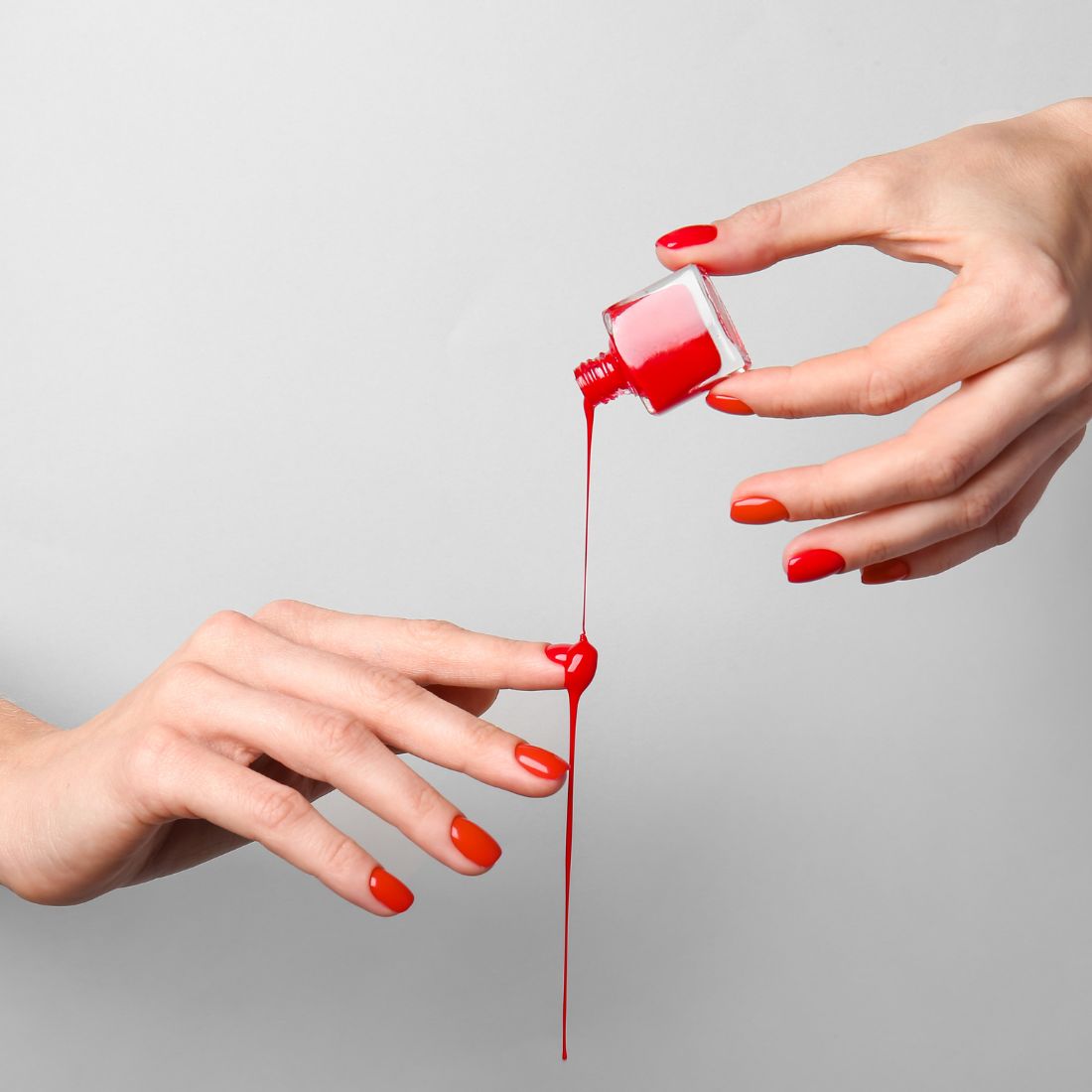Balancing Beauty and Nail Health
By Dr. Peter Klapper Ph.D.
Nail polish is a popular cosmetic accessory that allows individuals to express themselves through vibrant colors and creative designs. However, while nail polish can enhance the appearance of your nails, it's essential to understand its potential impact on nail health, particularly concerning fingernail fungus and toenail fungus. In this blog post, we'll explore the relationship between nail fungus and nail polish and provide tips for maintaining healthy fingernails and toenails while enjoying your favorite nail polish colors.
Understanding Nail Fungus:
Nail fungus, also known as onychomycosis or tinea unguium, is a common condition that affects roughly 14% of the population according to National Library of Medicine. It occurs when fungi, such as dermatophytes, yeast (candida), or molds, invade the nail bed and the surrounding tissues, leading to nail discoloration, thickening, and brittleness. While nail fungus can occur on both fingernails and toenails, it is more prevalent in toenails due to the warm, moist environment created by shoes and socks.
Impact of Nail Polish on Nail Health:
While nail polish can add a pop of color to your nails, it can also create an environment that promotes the growth of nail fungus. Nail polish seals the nail surface, trapping moisture and potentially allowing fungi to thrive underneath. Additionally, prolonged use of nail polish can weaken the nails, making them more susceptible to fungal infections.
Tips for Preventing Nail Fungus While Using Nail Polish:
Practice Good Nail Hygiene:
Before applying nail polish, ensure your nails are clean and dry. Remove any old polish and gently trim and file your nails to prevent rough edges where fungi can enter.
Choose High-Quality Nail Products:
Opt for high-quality nail polishes that are free from harmful chemicals such as formaldehyde, toluene, and dibutyl phthalate (DBP). Look for nail polishes labeled as "5-free" or "7-free" to minimize potential health risks.
Take Breaks Between Polish Applications:
Give your nails a break from nail polish occasionally to allow them to breathe and recover. Aim to leave your nails bare for a few days between polish applications to prevent moisture buildup and reduce the risk of fungal infections.
Use a Protective Base Coat:
Apply a protective base coat before applying nail polish to create a barrier between your nails and the polish. This can help prevent staining and minimize direct contact between the nail plate and the polish, reducing the risk of fungal growth.
Practice Proper Nail Care:
Maintain good nail care habits, such as keeping your nails trimmed short and avoiding trauma or injury to the nail bed. Avoid sharing nail tools and equipment with others to prevent the spread of fungal infections.
While nail polish can be a fun and creative way to adorn your nails, it's essential to be mindful of its potential impact on nail health, particularly concerning toenail fungus and fingernail fungus. By practicing good nail hygiene, choosing high-quality nail products, taking breaks between polish applications, and maintaining proper nail care, you can enjoy healthy nails while minimizing the risk of fungal infections.




